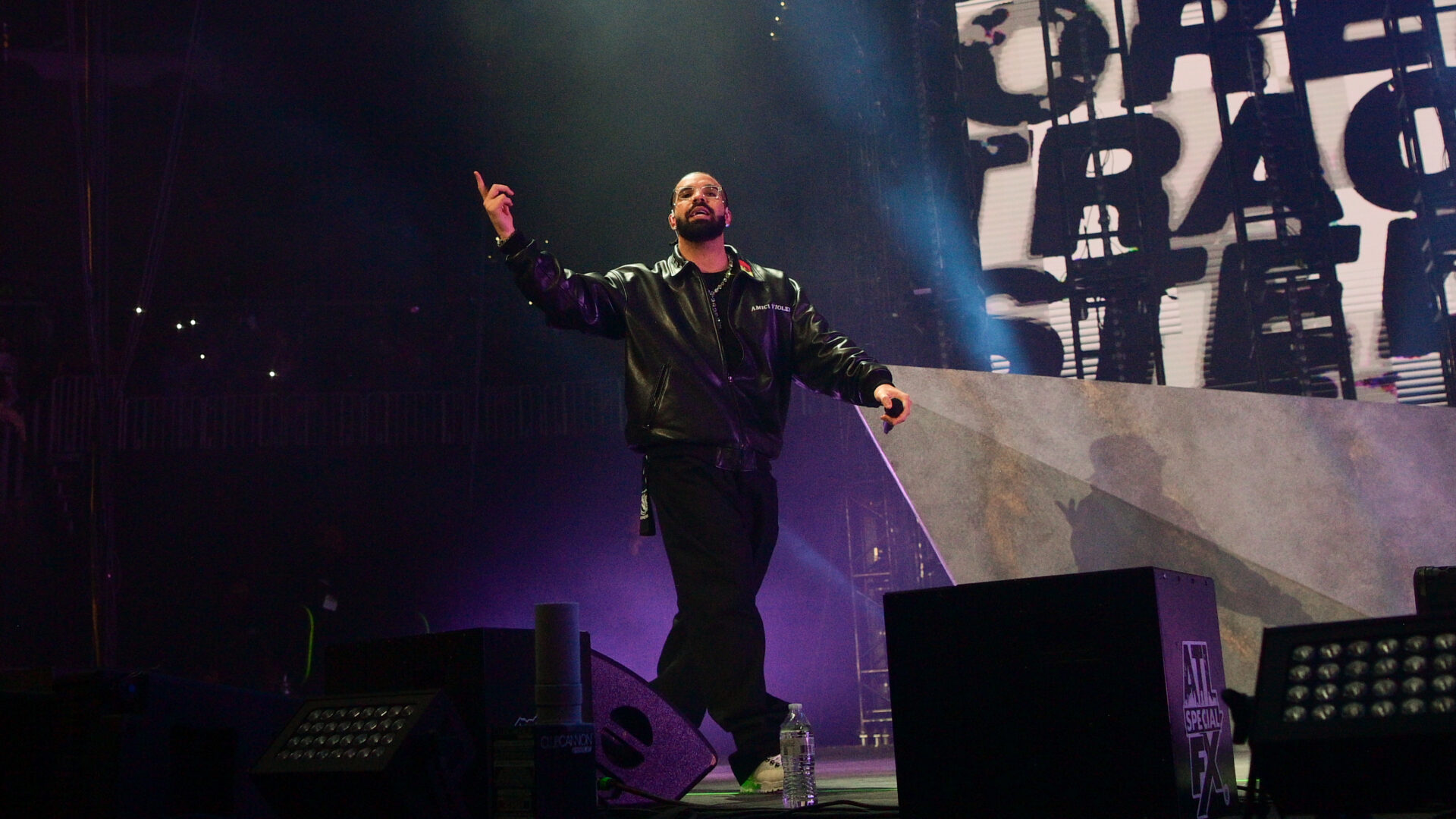
Music has always been an essential element of cultural expression and a medium for conveying social messages. The music of the 70s and 80s, often referred to as the “Golden Age of Black Music,” brought forth an era of incredible creativity, innovation, and social commentary. This era of music stood the tests of time—the music served as a vehicle for revolution and fostered change.
When I was younger, my dad introduced me to the timeless masterpiece of Donny Hathaway, “Someday We’ll All Be Free.” This poignant song held a special place in his heart as he faced the daily challenges of working as a beat cop during the late 80s and early 90s, confronting the daunting realities of racism in his profession. Hathaway served as a guiding light, providing solace and strength for my father in those difficult times. When he wasn’t contemplating the harsh realities of race relations, he found solace and hope in the uplifting melodies. One song that resonated deeply with him was “Optimistic” by The Sounds of Blackness, which remains his all-time favorite. A common thread among these songs is their enduring legacy. Even if played today, they evoke a positive reaction and prompt people to sing along, showcasing their timeless appeal.
The music of the time predominantly relied on analog recording methods and live instrumentation. The ingenuity from this era birthed iconic genres such as funk, soul, disco, and R&B. Characterized by energetic rhythms, melodies, and socially conscious lyrics, these genres emphasized organic performances and featured large ensembles and intricate arrangements. What these songs have in common, though, is their timelessness—they possess a catchiness that allows them to transcend generational boundaries. Songs that evoke powerful emotions create lasting memories and become anthems of specific moments in people’s lives have a higher chance of standing the test of time. That ability to forge an emotional connection between the artist and the listener is what’s created music with enduring appeal and endless replay value.
“Timeless music simply encapsulates what’s happening in the moment. It captures that time period perfectly,” said Music Editor Robby Seabrook III. “I think where people will start to question if it’s [today’s music] gonna hold up is because we’re just in kind of a different plane where there’s so much music coming out at the same time, and it’s not just like rap either. There’s a bit of overwhelm to it, and we’re overloaded. So I think that makes people go, ‘Oh, this music is not going to hang around.'”
As music has evolved, the digital age has provided artists with greater creative freedom and listeners with access to a vast array of musical genres; it’s subjective whether the music today has the potential to transcend generations and become timeless. “[A classic is] If you can clearly see what an artist is aiming for, and they hit the mark in a very specific way. Some artists are a little bit more abstract. So you’ve got to watch interviews or listen to them talk and see what their mindset is, others, you just hear it, and you just know,” Seabrook explained. “I think that’s kind of what makes something classic to me, reaching for a goal musically and hitting a ten out of ten, or like nine out of 10. Getting there and executing all the way through and making all of the fibers kind of link and work. When you go through music history, everybody who has classic songs or albums, that’s what the through line is. They’ve all done that.”
The reality is some of the music within the last 10 years has already reached a timeless status, whether we’ve acknowledged it or not. Drake’s Take Care and Nothing Was The Same, or Beyonce’s self-titled are closing in on ten-plus years, all of which have significant replay value and can transport you back to a moment in time. The key is having a touch point for listeners.
“People say a lot of things aren’t timeless because they suck. They’re not gonna hang around because they don’t think they’re good enough in the modern era when the reality is a lot of music is good enough, and it’s more than good enough,” Seabrook said.
One of the defining characteristics of the music industry today is its remarkable diversity and constant innovation. Artists constantly push boundaries, experiment and blend new sounds, and create fresh musical experiences. Beyonce’s latest album Renaissance is the perfect example of that. Sonically, her fusion of different genres and styles took the world by surprise and, in the midst of an economic downturn, was refreshing to listeners.
“I don’t know if people realize it yet, but we’ll actually be looking at the soul, R&B, and pop through a pre-and post-Renaissance lens. At that point, you’re controlling the direction of where things go. Everybody was doing dance and pop before Beyonce. She didn’t create it. She didn’t step into it and completely remake it, but her approach to it was totally different for the time, and in a way, she took that pretty much to the ceiling that it could be taken to and then closed the door. That defines it,” Seabrook said.
While certain aspects of the music industry, such as the accelerated pace of consumption and the focus on instant popularity, may present challenges, there are promising signs that today’s music possesses the qualities necessary for longevity. While the musical generations of the past continue to age, it is crucial to recognize that timelessness can still permeate today’s music. The contemporary music landscape has its own distinctive essence and enduring qualities, partly owing to its roots in the music of bygone eras. It is a testament to the enduring power of music that echoes from the past, as it influences and shapes the artistic creations of the present.